What Are The Best Card Magic Tricks?
Since playing cards were invented, people have been using them to perform card magic tricks. They also are used for mentalism, kids magic and even virtual magic shows. But today, we’re going to be concentrating on good old card tricks. It’s really impossible to say what “the best” card tricks are, but we can certainly look at what the most popular are, why they’re good and where you can learn how to do them.
Triumph
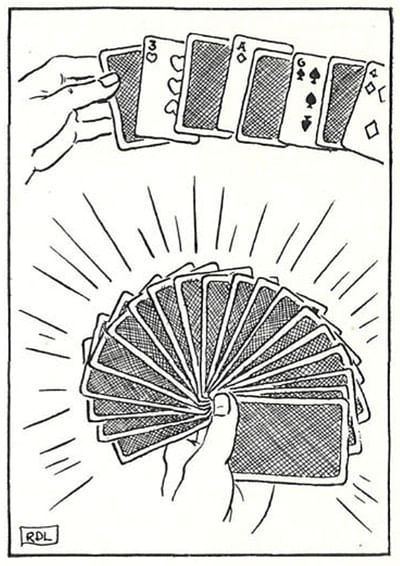 Widely regarded by many card magicians as the very best magic trick ever invented. In the trick, a card is selected and returned, then the cards are mixed face up and face down. With a magical wave, the cards all turn the right way round except one card - the chosen card.
Widely regarded by many card magicians as the very best magic trick ever invented. In the trick, a card is selected and returned, then the cards are mixed face up and face down. With a magical wave, the cards all turn the right way round except one card - the chosen card.
This plot was invented in 1914 by Theodore DeLand. It was then called “Inverto” and was a marketed effect which used a special deck of cards where every other card was a double-backer.
However, the popularity of the plot was cemented by Dai Vernon when he published his version using sleight of hand in Stars Of Magic, Series 2, No. 1, 1946, p. 23 of the 1961 compilation book. Since then, “Triumph” has become a generic name for the trick and hundreds of variations have been published with methods using either gaffed cards or pure skill.
Browse Our Range Of Triumph Variations
The Ambitious Card
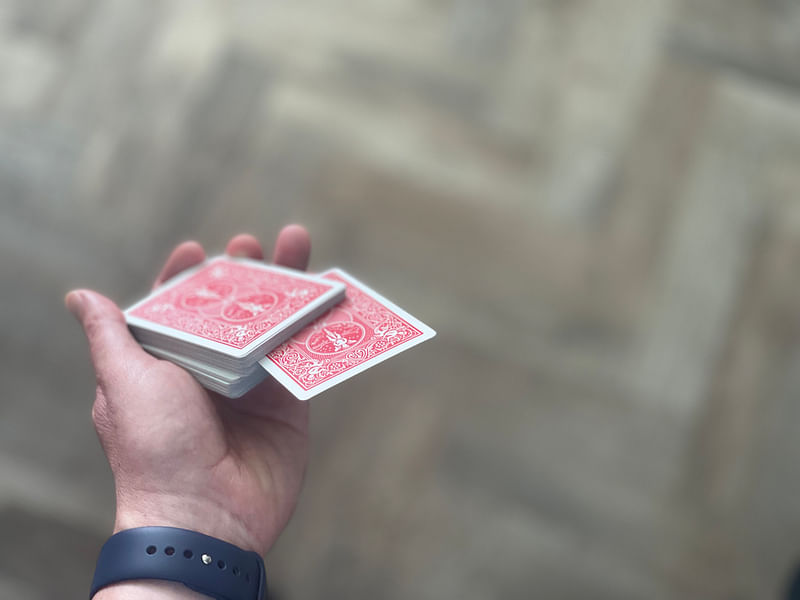 In this classic card trick, a selected card is placed into the deck, and rises to the top of the deck. The earliest example of a trick using this plot is the beginners’ card trick The Four Robbers, where the four Jacks are placed into the deck in different locations and are all found together on the top of the pack. It was first published in 16th century manuscripts and quickly became popular and is now seen in almost every magic book for beginners.
In this classic card trick, a selected card is placed into the deck, and rises to the top of the deck. The earliest example of a trick using this plot is the beginners’ card trick The Four Robbers, where the four Jacks are placed into the deck in different locations and are all found together on the top of the pack. It was first published in 16th century manuscripts and quickly became popular and is now seen in almost every magic book for beginners.
The “ambitious” presentation and modern version of the trick is credited to Gustav Alberti in Recueil de Tour de Physique Amusante, from 1877 which was later translated by Professor Hoffmann as Drawing-Room Conjuring in 1885.
In the modern version, a single card is selected, often signed to prove the use of duplicate cards is impossible. It is placed into the center of the deck and then rises to the top. This is often repeated in several phases, each one seemingly more impossible than the last. Different moves are normally used for the different phases.
Buy World's Greatest Magic: The Ambitious Card
Card To Impossible Location
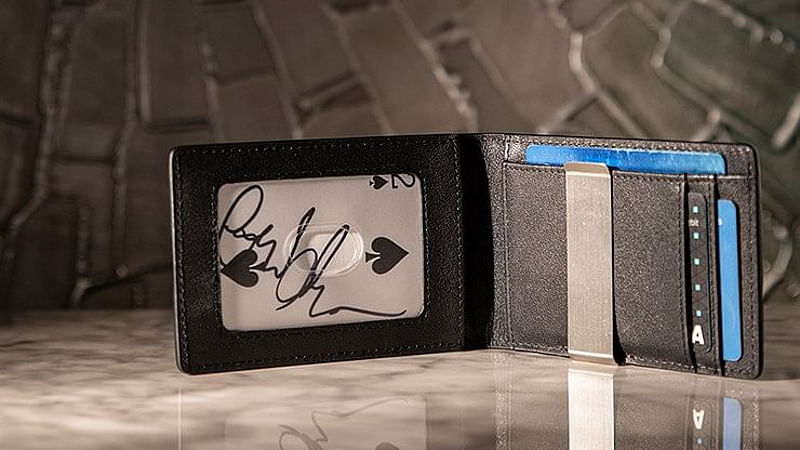 This is kind of a cheat, because there are many many tricks that involve a card disappearing and reappearing in an impossible location. The location can vary from your pocket, to a zipper compartment in your wallet, to a block of ice, to the other side of a window, to an orange. The trick, fundamentally remains the same, and is one of the strongest effects possible with a deck of cards.
This is kind of a cheat, because there are many many tricks that involve a card disappearing and reappearing in an impossible location. The location can vary from your pocket, to a zipper compartment in your wallet, to a block of ice, to the other side of a window, to an orange. The trick, fundamentally remains the same, and is one of the strongest effects possible with a deck of cards.
A playing card is selected, sometimes signed, vanishes and appears somewhere that seems impossible. The dozens of varieties of this effect come with dozens of different methods from duplicate cards, complicated palming techniques, pre-prepared oranges and even confederates.
Browse Our Range Of Card To Wallet
Dr Daley’s Last Trick
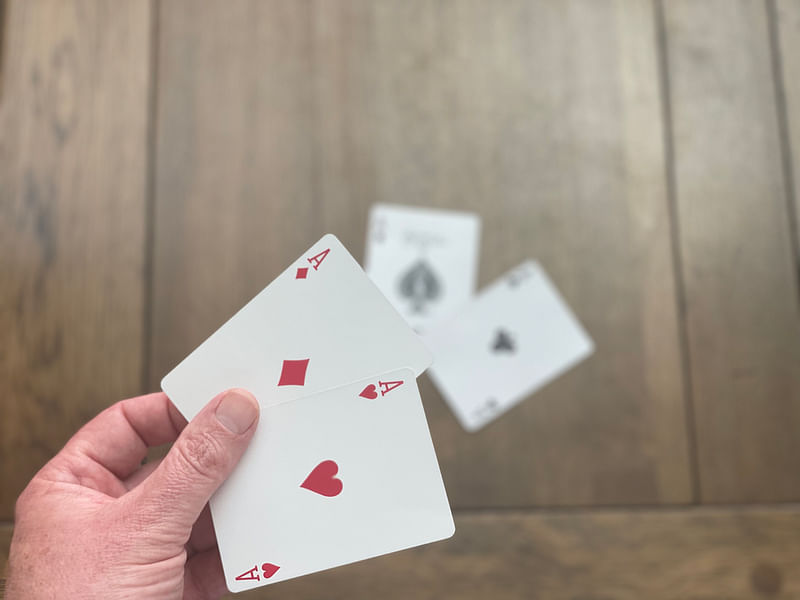 Interestingly this was neither Dr Daley’s trick, nor his last trick. You can read all about that in this blog post. But, nit-picking aside, this masterpiece of magic was made popular when it was published in The Dai Vernon Book of Magic, 1957, page 210. It’s history, however, can be traced back to an anonymous contribution to Floyd Thayer’s The Magical Bulletin, Vol. 5 No. 11, November 1917.
Interestingly this was neither Dr Daley’s trick, nor his last trick. You can read all about that in this blog post. But, nit-picking aside, this masterpiece of magic was made popular when it was published in The Dai Vernon Book of Magic, 1957, page 210. It’s history, however, can be traced back to an anonymous contribution to Floyd Thayer’s The Magical Bulletin, Vol. 5 No. 11, November 1917.
In the trick, you show the four aces, and clearly place the two black Aces on the table or a spectator’s hand. Instantly they switch places with the two red Aces. No gaffs are used.
Buy World's Greatest Magic: The Last Trick Of Dr Jacob Daley
Out Of This World
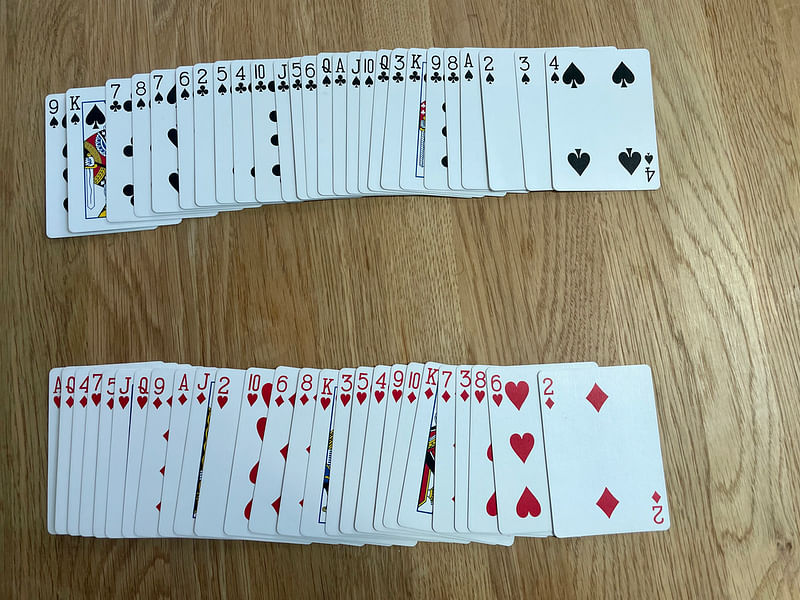 Paul Curry marketed this effect in 1942. A deck of cards is shuffled and handed to a spectator who deals the cards face down into two rows. After dealing the deck, the cards are turned face up to reveal the spectator has somehow managed to separate the cards into red and black.
Paul Curry marketed this effect in 1942. A deck of cards is shuffled and handed to a spectator who deals the cards face down into two rows. After dealing the deck, the cards are turned face up to reveal the spectator has somehow managed to separate the cards into red and black.
The general plot first saw print in Der Moderne Kartenküstkerm 1896, p. 110. Denis Behr’s wonderful Conjuring Credits website lists 268 different versions and variations of this plot.
Browse All Out Of This World Variations

